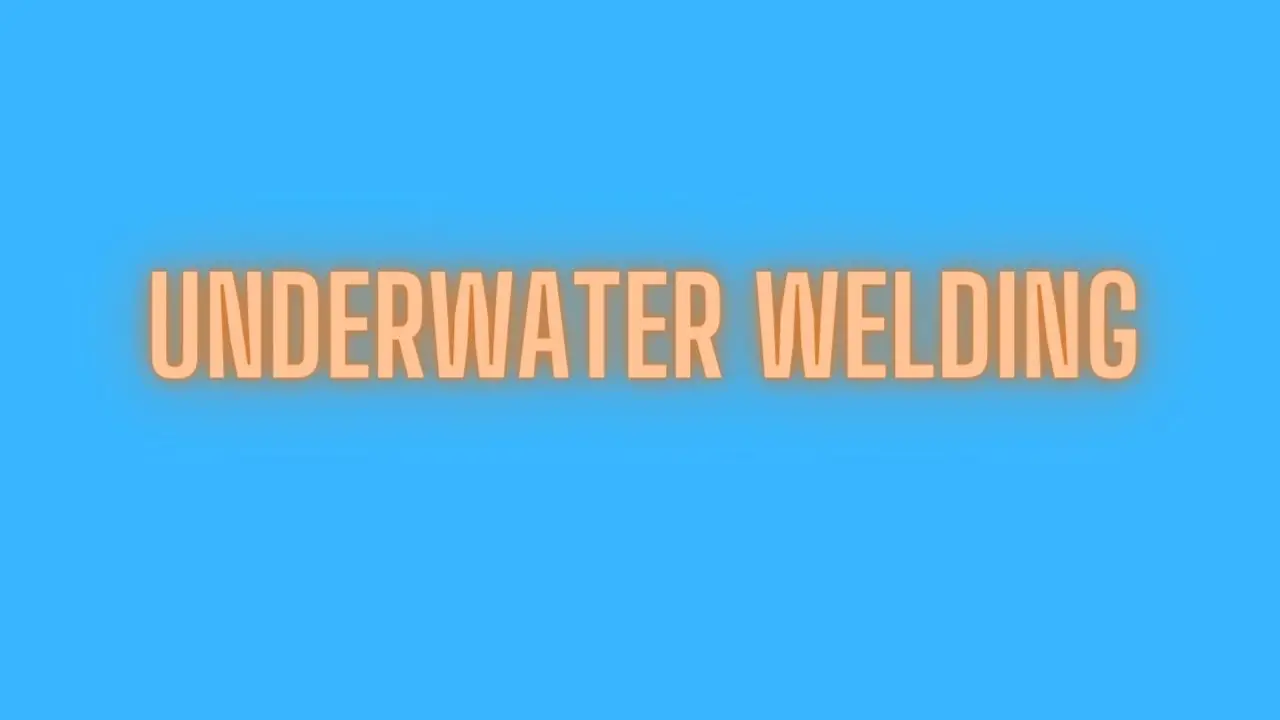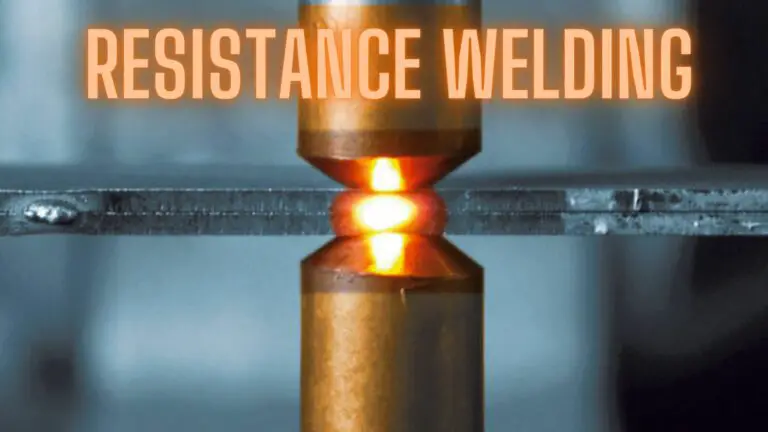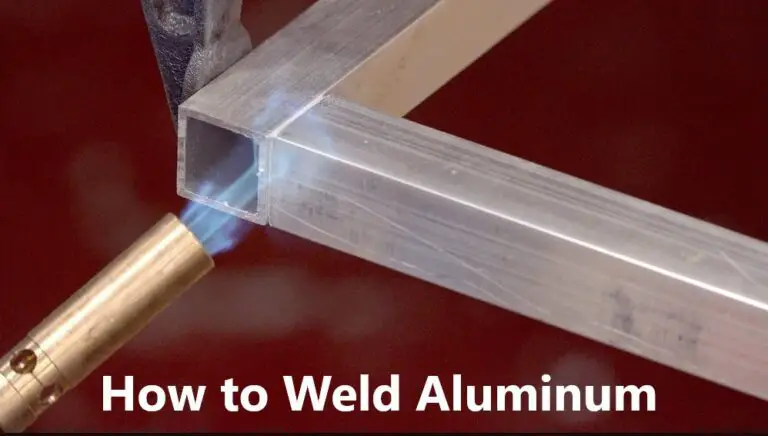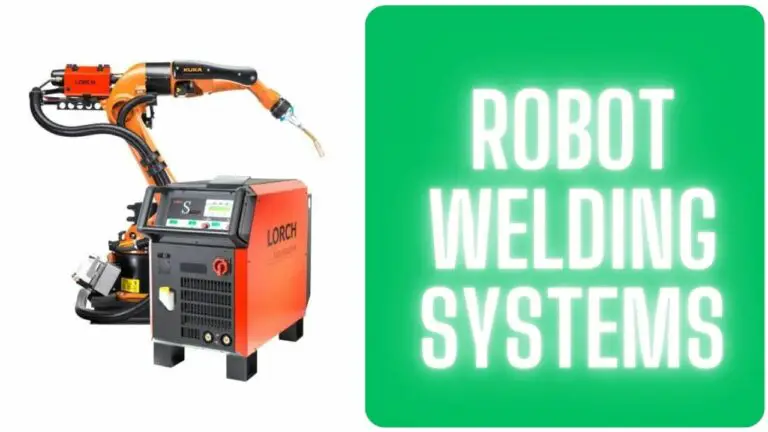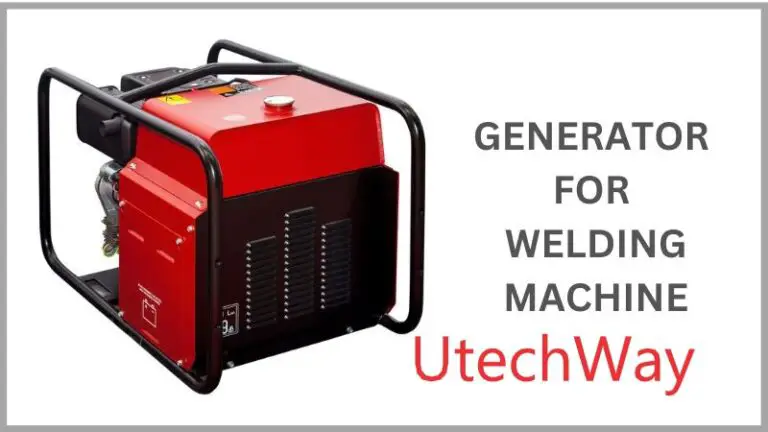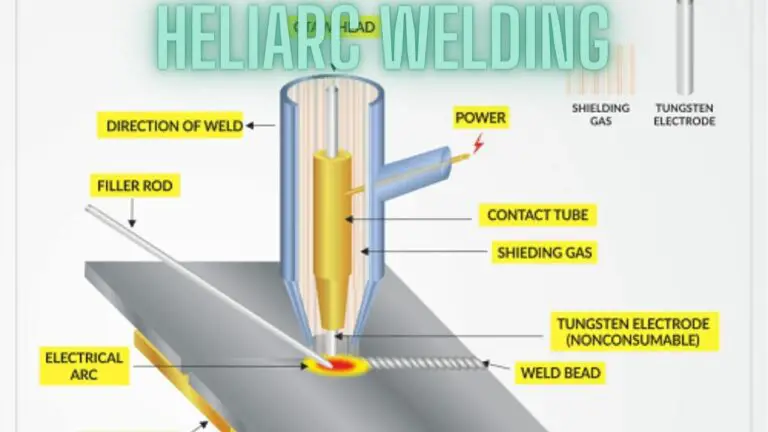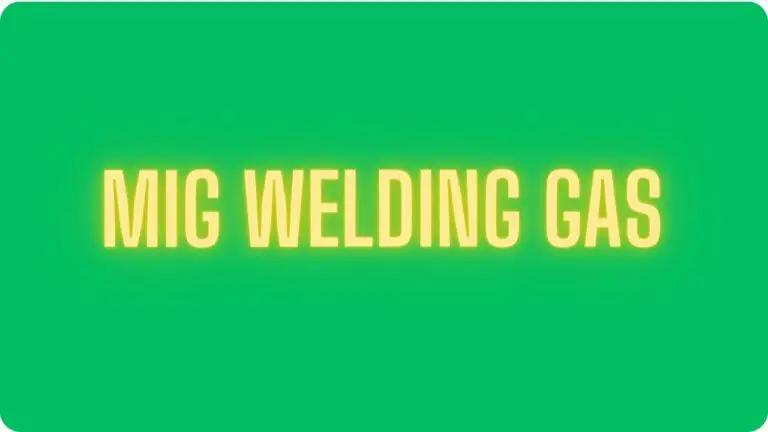Exploring the Depths: The Art and Science of Underwater Welding
Introduction
The world beneath the surface of our oceans is a realm of mystery and wonder, yet it is also a place of immense challenges and opportunities. One such opportunity lies in the field of underwater welding, a fascinating and vital aspect of maritime construction and repair. In this article, we will dive into the depths of underwater welding, exploring its techniques, applications, challenges, and the remarkable individuals who undertake this demanding profession.
The Basics of Underwater Welding
Underwater welding, as the name suggests, is the process of joining two pieces of metal beneath the water’s surface. This highly specialized technique is primarily used for repairing and constructing infrastructure in marine environments, such as oil platforms, bridges, ships, and pipelines. There are two primary methods of underwater welding: wet welding and dry welding.
- Wet Welding: This is the most common method of underwater welding. In wet welding, the welder works directly in the water, using specially designed electrodes that are capable of operating underwater. The process relies on a shield of gas bubbles generated by the welding arc to protect the weld from contamination by water. Wet welding is a challenging skill that requires a deep understanding of the underwater environment and the ability to work in low visibility conditions.
- Dry Welding: In dry welding, a hyperbaric chamber or habitat is constructed around the area to be welded, allowing the welder to work in a dry, pressurized environment. Dry welding is preferred for more complex and critical welding tasks, as it offers better control over the welding process and superior weld quality. However, it is also significantly more expensive and complex to set up.
Applications of Underwater Welding
Underwater welding plays a crucial role in a variety of industries:
- Offshore Oil and Gas: Oil platforms and pipelines often require maintenance and repair beneath the water’s surface. Underwater welders are essential for ensuring the structural integrity of these facilities.
- Shipbuilding and Repair: Shipbuilders and repair yards rely on underwater welding to maintain and repair vessels, including cruise ships, cargo ships, and naval vessels.
- Bridge Construction and Repair: Bridges that span bodies of water may require underwater welding during construction and for ongoing maintenance.
- Infrastructure Repair: Dams, piers, and other submerged structures benefit from underwater welding when repairs are necessary.
- Salvage Operations: Underwater welders are frequently involved in salvage operations, such as recovering sunken ships or heavy machinery.
Challenges and Risks
Working underwater presents unique challenges and risks:
- Hydrostatic Pressure: At significant depths, the pressure exerted by the surrounding water can be immense, posing a risk of equipment failure and injury to the welder.
- Visibility: Water can be murky, reducing visibility and making precise welding more difficult.
- Temperature Extremes: Depending on the location, water temperatures can vary widely, affecting both the welder’s comfort and the welding process itself.
- Underwater Hazards: Underwater welders must contend with potentially hazardous marine life, strong currents, and other environmental factors.
- Weld Quality: Achieving high-quality welds underwater requires exceptional skill and experience.
Procedure Of Underwater Welding?
Underwater welding is a complex and specialized process that requires a combination of welding skills, underwater expertise, and specialized equipment. The procedure for underwater welding can be broken down into several key steps:
1. Inspection and Preparation:
Before any welding takes place, a thorough inspection of the underwater structure or component is necessary. This inspection helps identify the location and extent of the damage or the welding task at hand. It’s crucial to ensure that the underwater environment is safe for welding.
2. Choosing the Welding Method:
There are two primary methods for underwater welding:
a. Wet Welding: In wet welding, the welder works directly in the water. This method requires specially designed electrodes that are capable of functioning underwater. Wet welding relies on a shielding gas produced by the welding arc to protect the weld from contamination by water.
b. Dry Welding: Dry welding is performed within a hyperbaric chamber or habitat that is sealed around the area to be welded. This method provides a dry and controlled environment for welding, allowing for superior weld quality. Dry welding is typically used for more critical or complex tasks.
3. Equipment Setup:
For wet welding, the underwater welder wears a diving suit and helmet, which includes communication equipment for clear communication with the surface support team. Divers may also use specialized tools and equipment, such as underwater cutting torches, to prepare the welding area.
In the case of dry welding, a hyperbaric chamber or habitat is installed around the welding site. Welders can enter the chamber, which is pressurized and kept dry, to perform the welding.
4. Electrode Selection:
The choice of electrode is critical in underwater welding. Electrodes designed for wet welding are specifically formulated to work in the presence of water. The electrode creates a gaseous shield around the arc, preventing water from contaminating the weld. Dry welding uses conventional welding electrodes.
5. Welding Process:
The actual welding process is similar to traditional welding, with some adjustments for the underwater environment:
a. Arc Initiation: The welder initiates an electric arc using the chosen electrode. In wet welding, the gas bubbles produced by the arc form a protective barrier around the weld pool.
b. Welding Technique: Welders use proper welding techniques, such as maintaining the correct angle, travel speed, and distance between the electrode and the workpiece. Welders must have a steady hand and excellent control to create high-quality welds.
c. Monitoring and Inspection: Continuous monitoring and inspection are crucial during the welding process to ensure the weld quality. This may involve using underwater cameras, ultrasonic testing, or other inspection methods.
6. Post-Weld Inspection and Cleaning:
After completing the weld, a post-weld inspection is conducted to assess the quality and integrity of the weld. Any slag or debris from the welding process is removed from the weld area.
7. Documentation and Reporting:
A detailed record of the welding procedure, including inspection results and any issues encountered during the process, is documented. This documentation is essential for quality control and safety compliance.
8. Maintenance and Repairs:
If the welding task was for maintenance or repair, the structure may undergo further inspections and maintenance as needed to ensure its long-term integrity.
Underwater welding is a demanding and specialized skill that requires extensive training and experience. Safety is paramount, and working in an underwater environment presents unique challenges that must be carefully managed. Proper training, equipment, and adherence to safety protocols are essential for successful underwater welding procedures.
Underwater Welding FAQS
What is underwater welding?
- Underwater welding is a specialized welding process that involves joining two pieces of metal beneath the water’s surface. It is commonly used for repairing and constructing structures in underwater environments.
What are the primary methods of underwater welding?
- The two primary methods of underwater welding are wet welding and dry welding. Wet welding is done directly in the water using specially designed electrodes, while dry welding is performed in a sealed chamber or habitat.
What are the main applications of underwater welding?
- Underwater welding is used in various industries, including offshore oil and gas, shipbuilding and repair, bridge construction and repair, infrastructure maintenance, and salvage operations.
What are the major challenges of underwater welding?
- Underwater welding presents challenges such as high hydrostatic pressure, limited visibility, temperature variations, underwater hazards (like marine life and strong currents), and the need for highly skilled welders.
How is underwater welding equipment different from traditional welding equipment?
- Underwater welding equipment is designed to work in a submerged environment and may include specialized electrodes, diving suits, helmets with communication systems, underwater cutting tools, and hyperbaric chambers for dry welding.
What safety precautions are taken in underwater welding?
- Safety is paramount in underwater welding. Divers are trained in underwater rescue techniques, and strict safety protocols are followed. Pre-dive checks, proper equipment maintenance, and emergency procedures are in place to mitigate risks.
What are the certification requirements for underwater welders?
- Underwater welders typically need certifications from organizations such as the American Welding Society (AWS) and the International Marine Contractors Association (IMCA). Certification involves both practical skills and theoretical knowledge assessments.
How deep can underwater welders work?
- The depth at which underwater welders can work depends on their training, equipment, and the specific job requirements. Some underwater welders work at relatively shallow depths, while others are qualified for deep-sea welding at greater pressures.
What is the expected salary for underwater welders?
- Underwater welders often earn higher salaries compared to traditional welders due to the specialized nature of their work and the associated risks. Salaries can vary widely based on experience, location, and job complexity but are generally competitive.
Can anyone become an underwater welder?
- Not everyone can become an underwater welder. It requires rigorous training, physical fitness, and the ability to work in challenging underwater conditions. Individuals must also meet specific certification and experience requirements to work in this field.
What is the future of underwater welding?
- The demand for underwater welding is expected to remain strong as maritime industries continue to grow. Advancements in technology and safety measures may further improve the efficiency and safety of underwater welding operations.
Conclusion
Underwater welding is a fascinating and vital field that supports critical industries, including offshore energy production, shipbuilding, and infrastructure maintenance. It combines the skills of welding with the challenges of working in a dynamic underwater environment. The men and women who master this demanding profession are unsung heroes, ensuring the integrity and safety of structures beneath the waves. As technology continues to advance, underwater welding will likely become even more critical to our ever-expanding maritime endeavors, and the welders themselves will continue to push the boundaries of human achievement beneath the surface of the sea.

